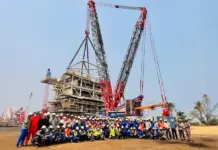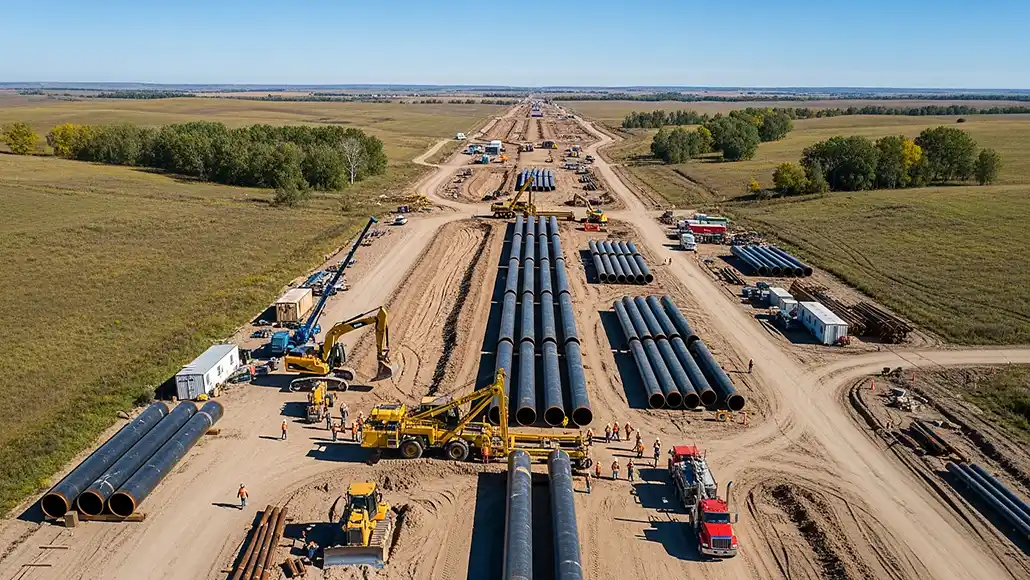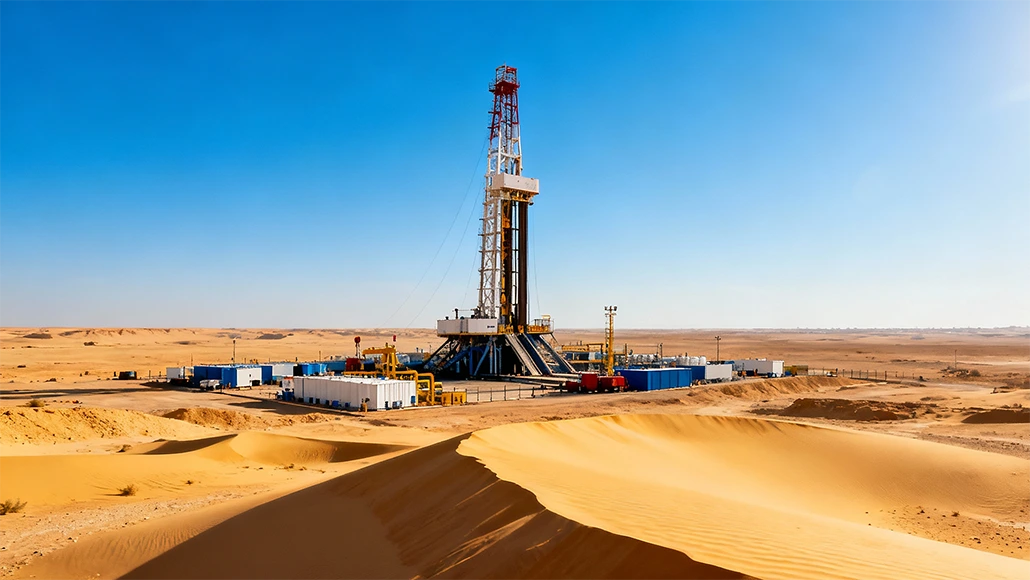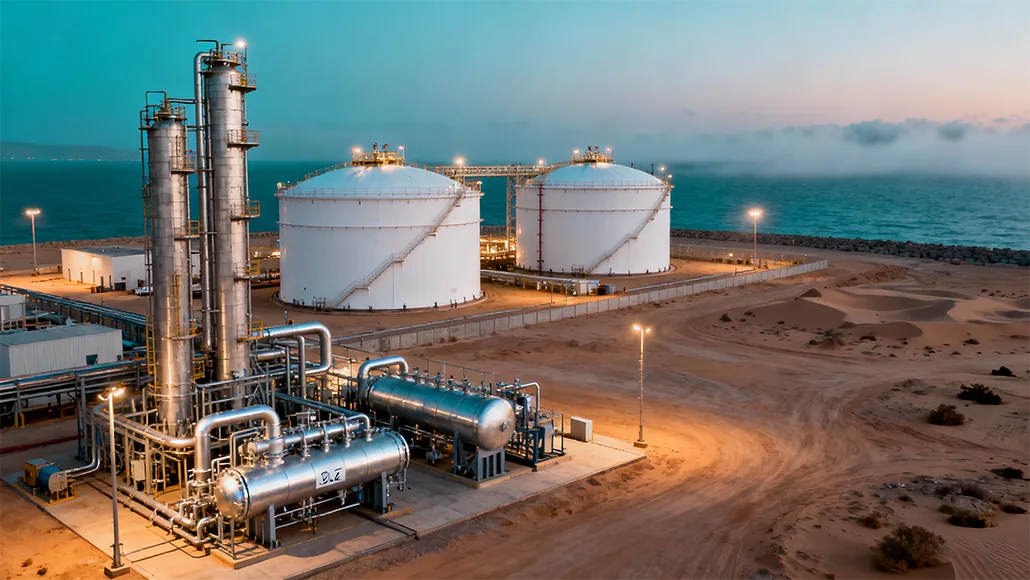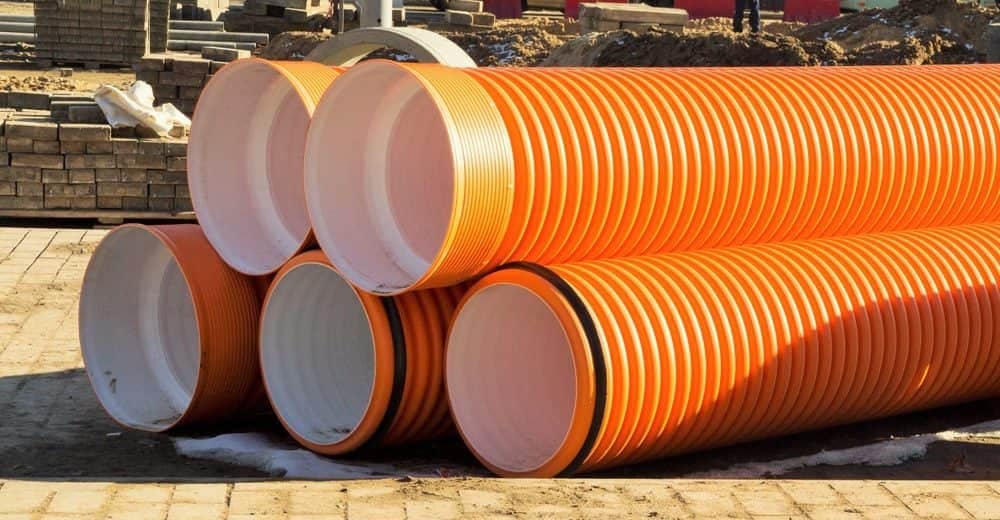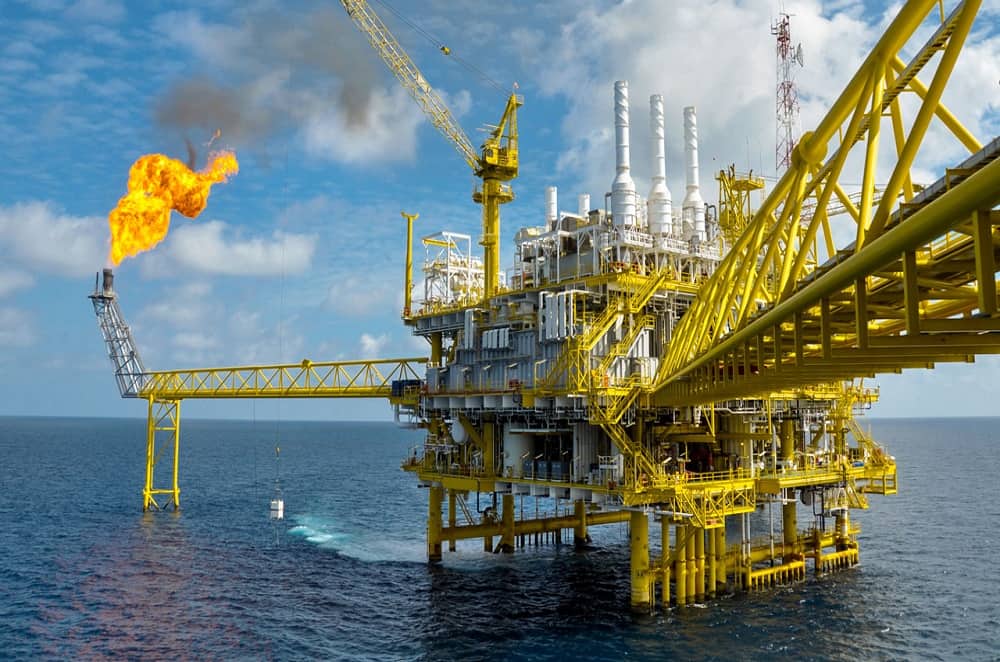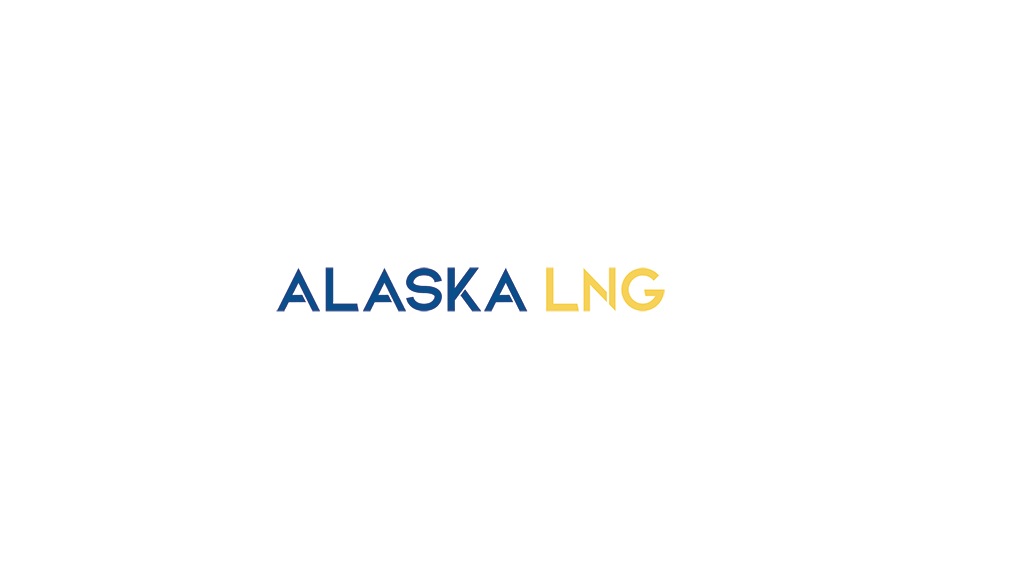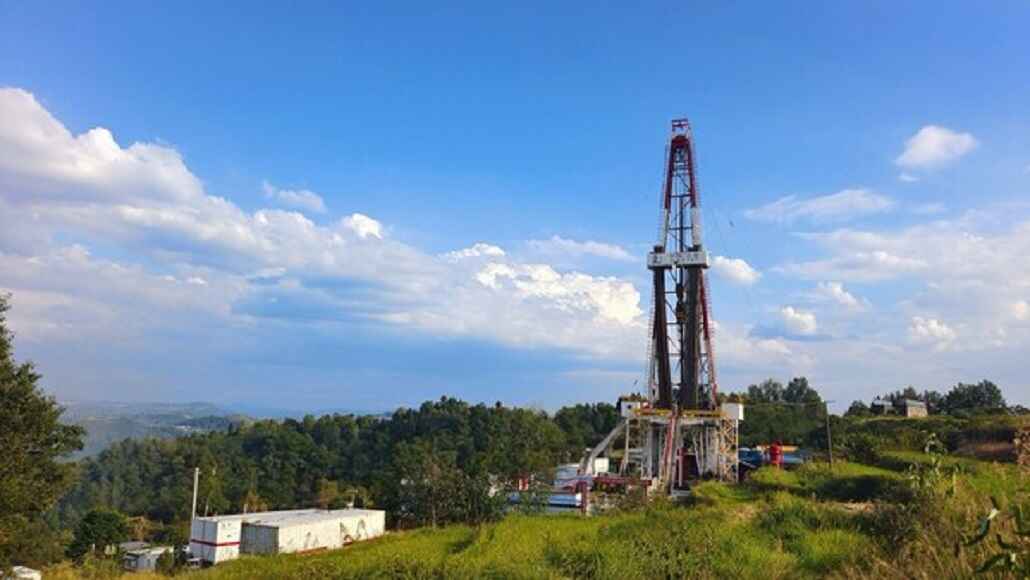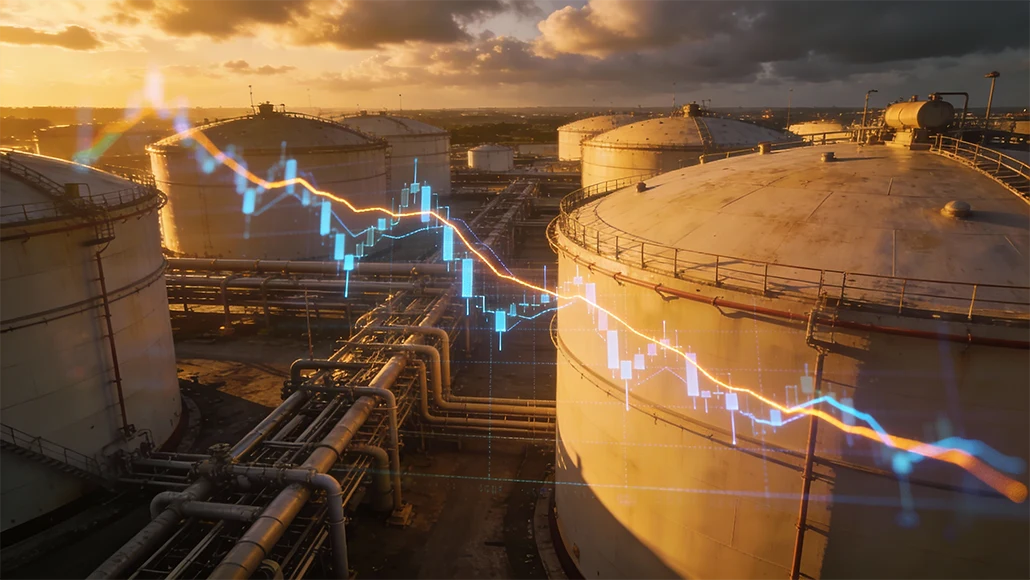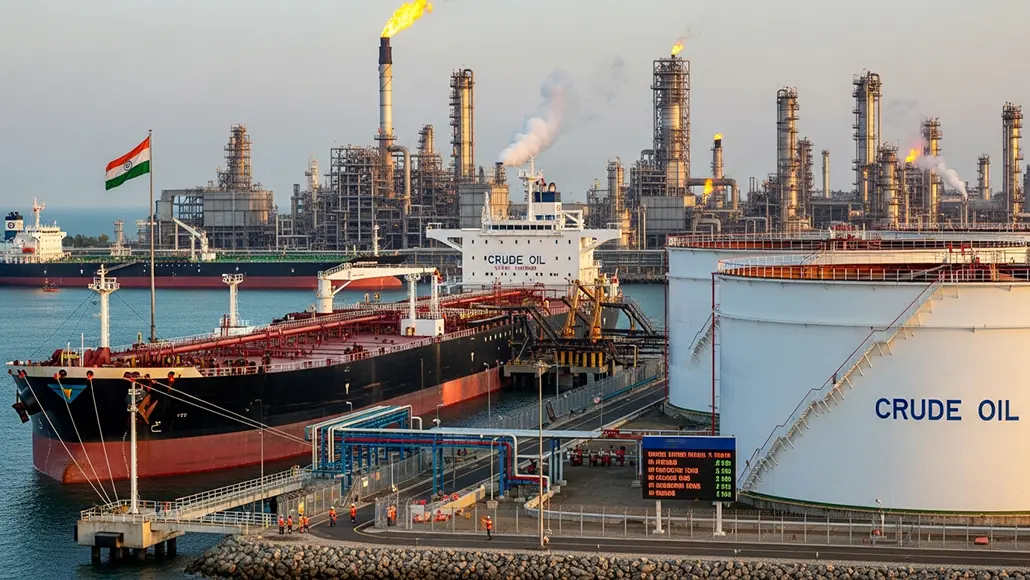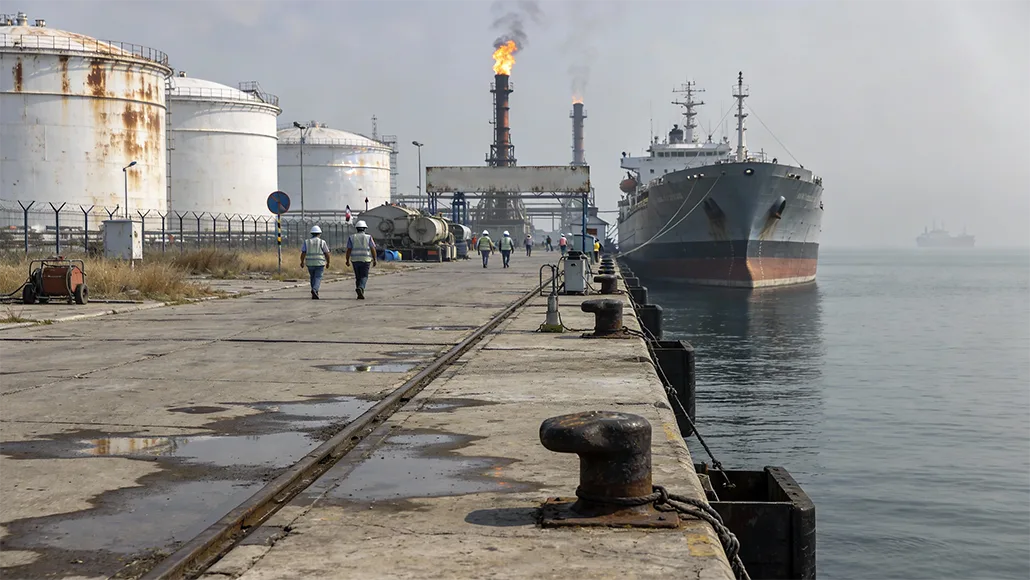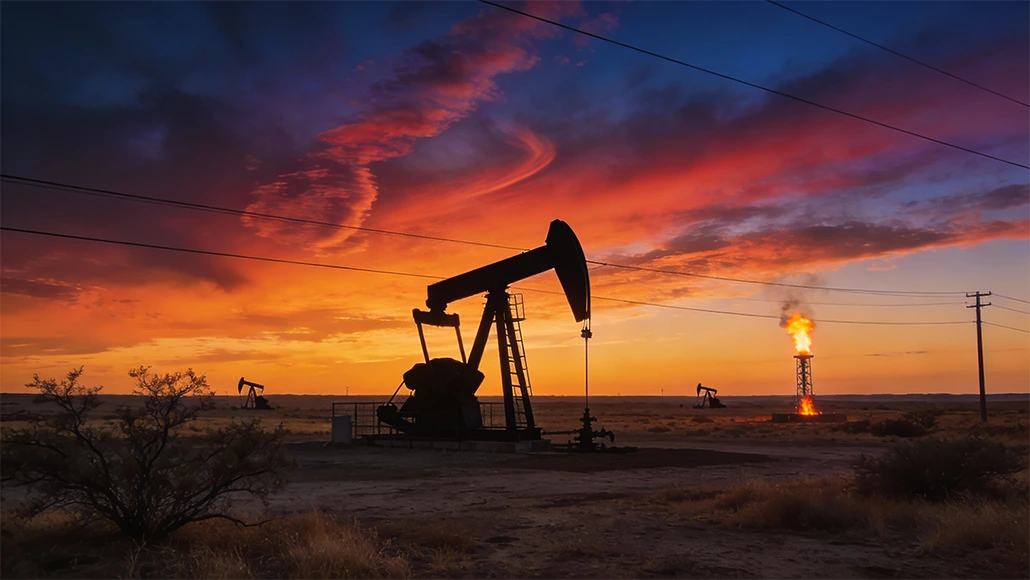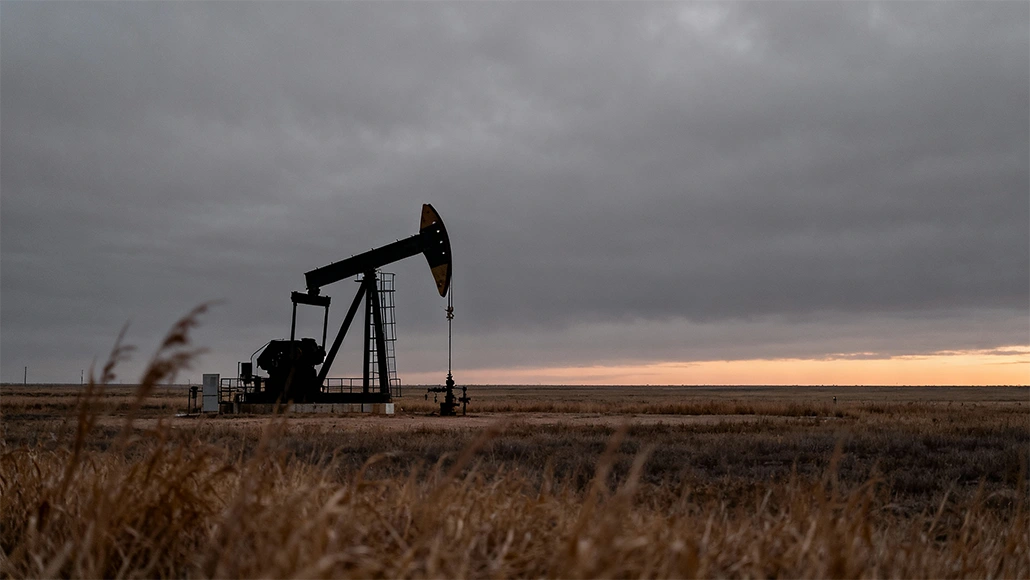Oil prices have decreased by around 50% since January 2020, with the US market reporting record lows. With countries on lockdown there is significantly less of all activity, and the demand for oil and gas has fallen spectacularly.
The International Energy Agency reported that oil demand is likely to decrease by 29 million barrels per day (bpd) in April 2020 and by 23.1 million bpd in Q2.
Thus, the sector has seen an imbalance of oversupply and less demand, further exacerbating the price crash. This has trickled down and impacted a number of sectors that usually pull FDI focus, including the chemical, plastic and automotive sectors.
This has also caused a liquid storage crisis, with many facilities reaching maximum capacity. On 20 April, for the first time in history, oil prices went below zero, when US price marker West Texas Intermediate was trading for May delivery at -$4.29. Oil storage has gotten so bad that producers are literally paying buyers to take the oil deliveries. Oil companies such as Shell and Exxon are making moves to counteract oversupply issues by delaying LNG project constructions.
Trying times for oil economies
Oil dependent economies such as those in the Middle East and Africa face a particularly testing time, with a bleak present and uncertain future. Emerging economies are also seeing their oil and gas projects hindered. Many pre-construction projects are facing further scrutiny as doubts grow about their viability in the current economic climate.
Russia’s newest greenfield developments are facing reduced revenues of $20bn over the next three years. With the country seeing 60 new oil fields come online between 2016 and 2019, with a combined peak capacity approaching 900,000 bpd, they were designed to grow production post-2020.



